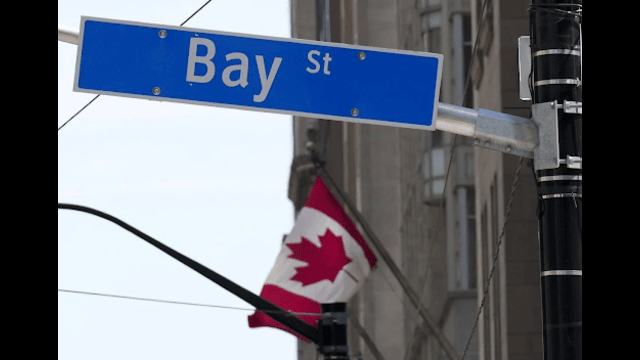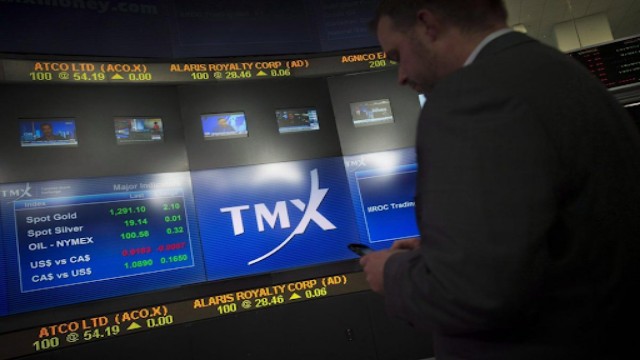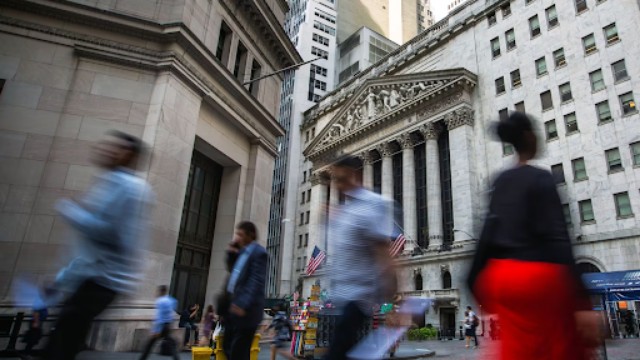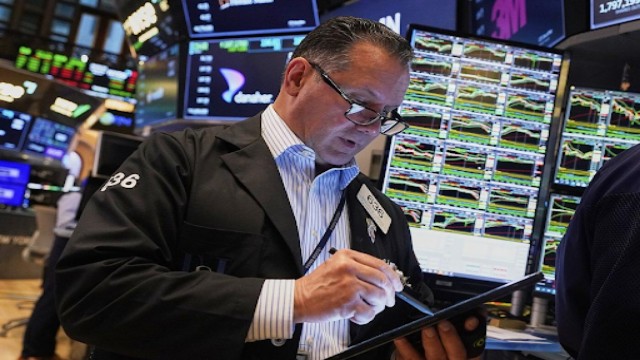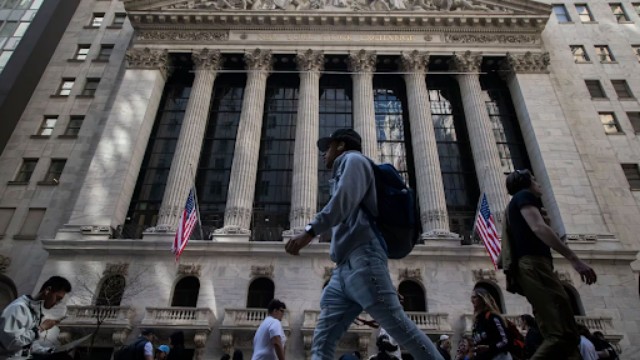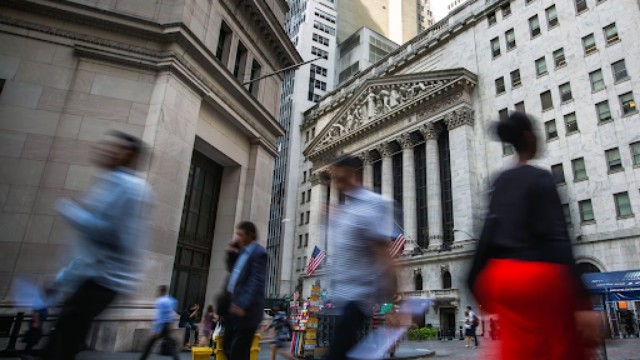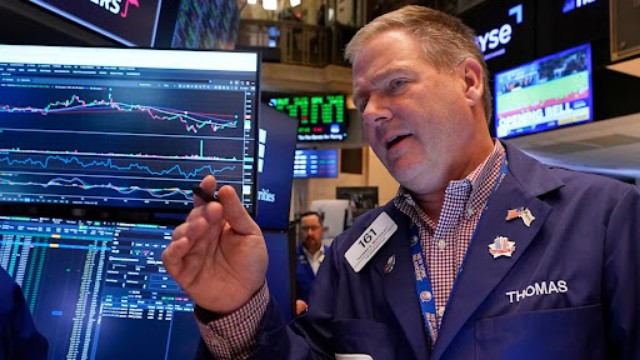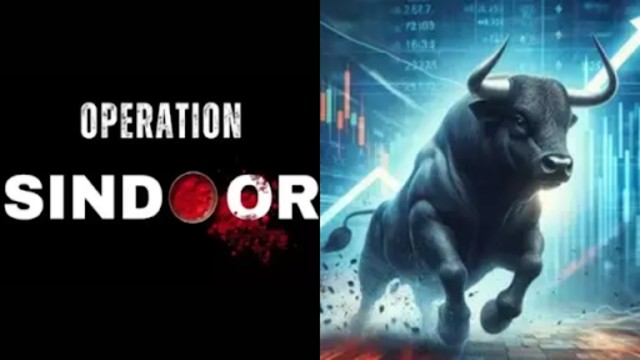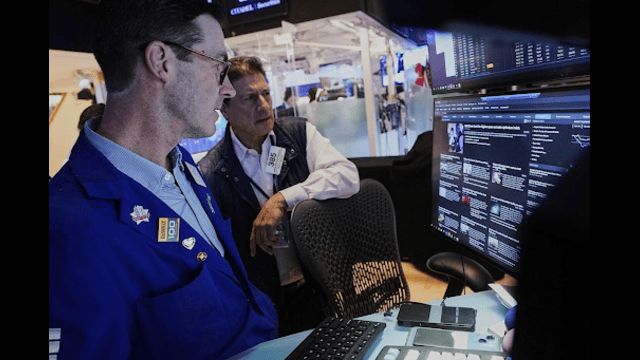
John McNierney, a specialist, and trader Anthony Carannante are seen working together on the floor of the New York Stock Exchange on Wednesday, May 14, 2025. (Photo: Richard Drew/AP)
U.S. markets wrapped up another strong week, with major stock indexes rising steadily on Friday. The S&P 500 rose 0.7%, marking its fifth consecutive daily gain. Over the week, the index added an impressive 5.3%, continuing a streak that has seen solid gains in three of the last four weeks. The Dow Jones Industrial Average increased by 0.8%, and the Nasdaq composite went up by 0.5%.
Much of this positive momentum came after the U.S. and China agreed to pause most of their steep tariffs for 90 days. That deal, along with better-than-expected inflation data, lifted investor hopes that the Federal Reserve might have room to lower interest rates if needed.
The optimism pushed Wall Street closer to its record highs. The S&P 500 is now just 3.2% away from its peak in February, after recovering from a nearly 20% dip last month. Investors are feeling more confident, especially as speculation grows that President Donald Trump might scale back tariffs as new trade agreements take shape.
The Dow added nearly 300 points in late trading Friday, while the Nasdaq continued to gain, though at a slower pace. These moves reflect broader relief among investors who were previously rattled by trade tensions and inflation fears.
The trade war between the U.S. and China had deeply shaken markets due to concerns that rising tariffs would slow the economy and raise prices. However, this week offered some relief. The truce between the two nations helped ease those fears. Plus, recent inflation data came in softer than expected, reducing pressure on the Fed to keep interest rates high.
Economists from Bank of America described it as “a week to remember,” though they warned that market volatility is far from over. They noted that the long-term effects of tariffs on the economy and prices remain uncertain. Many businesses and households are still cautious, with some delaying spending or long-term plans due to this unpredictability.
Consumer sentiment also dipped again in early May, according to the University of Michigan’s survey. However, the rate of decline was not as sharp as in previous months. Of greater concern is that Americans now expect inflation to rise to 7.3% over the next year—up from 6.5% in April. If people expect higher prices, it can fuel behaviors that actually drive inflation even higher.
It’s worth noting that some of the consumer sentiment responses came in before the U.S.–China tariff truce was announced, so future surveys may offer a clearer picture.
In corporate news, Charter Communications rose 1.8% after announcing a merger with Cox Communications. The new company will keep the name Cox Communications and be based in Stamford, Connecticut.
CoreWeave saw a 26% jump after Nvidia revealed it had increased its stake in the AI-focused cloud company to 7%. CoreWeave has been gaining attention for its role in powering artificial intelligence systems.
However, not all the news was positive. Shares of Novo Nordisk slipped by 1.8% following news that CEO Lars Fruergaard Jørgensen would step down amid market challenges.
In the bond market, yields remained mostly steady. The 10-year Treasury yield slipped slightly to 4.43%, and the two-year yield nudged up to 3.97%. Lower bond yields generally make stocks more appealing, as investors seek better returns.
Globally, stock indexes were mixed in Asia but rose across most European markets. Japan’s Nikkei 225 fell slightly after news that the country’s economy shrank more than expected in the first quarter.
Despite ongoing concerns, the week ended with a burst of optimism. Improved inflation data and a cooling of trade tensions helped lift Wall Street’s spirits, bringing U.S. stocks within striking distance of their previous highs.


